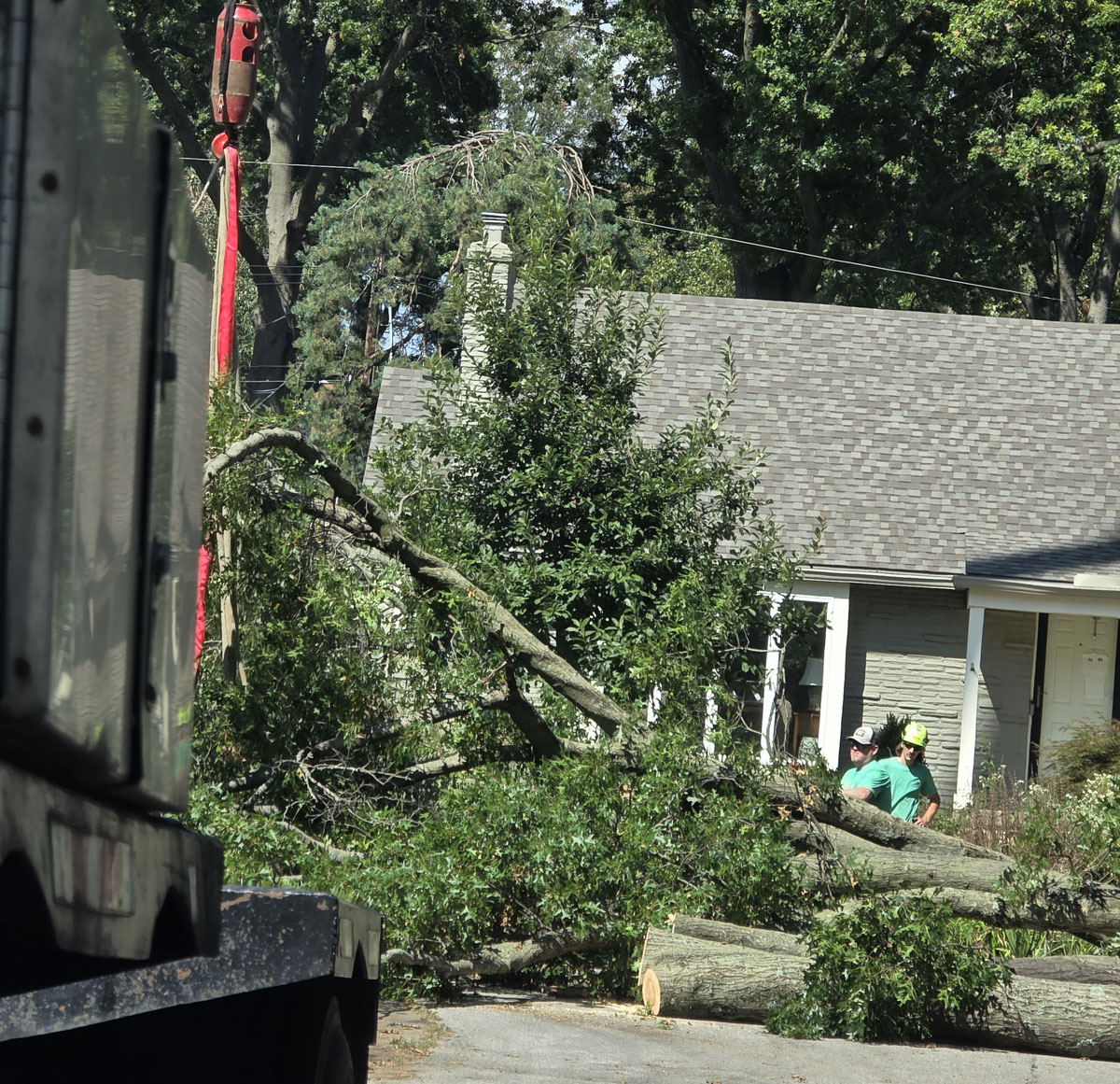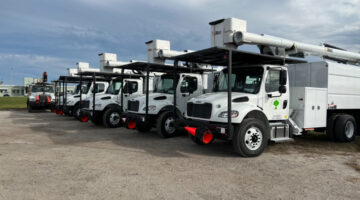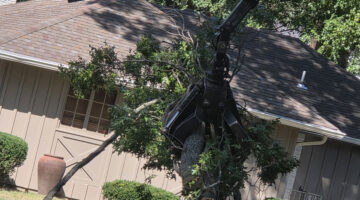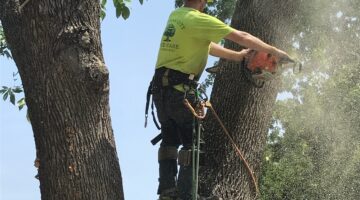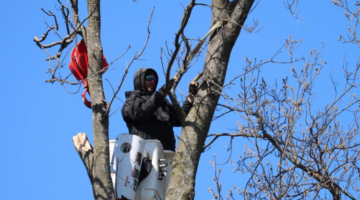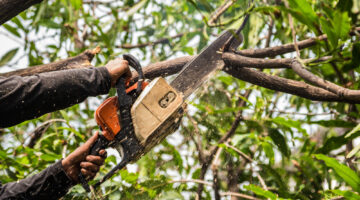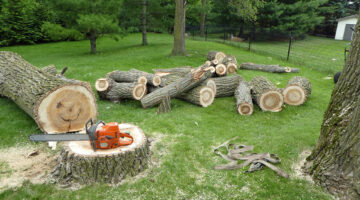When it comes to managing land and vegetation, two terms often come up but are frequently misunderstood. Land clearing and tree removal serve distinct purposes and require vastly different processes. If you're a homeowner planning backyard renovations or a developer preparing a construction site, understanding these differences is crucial. It helps you choose the right service, saves time and money, and ensures you're compliant with Kansas City regulations.
This blog will offer a comprehensive guide to the key differences between land clearing and tree removal in Kansas City, so you can make informed decisions.
What Is Tree Removal
Tree removal focuses on eliminating individual trees in a specified area. The goal is typically to fell one or several unwanted trees while preserving the surrounding landscape. Tree removal often targets damaged, dead, hazardous, or ill-placed trees that pose safety concerns or obstruct views. Key aspects of tree removal include the following:- Purpose: Addresses specific problematic trees.
- Scope: Covers only select trees, maintaining the integrity of the overall landscape.
- End Goal: Usually to improve appearance, safety, or functionality.
Use Cases for Tree Removal
- Removing dead or dying trees to reduce safety hazards.
- Clearing space for a new garden or patio.
- Enhancing the aesthetic appeal of a property by eliminating overcrowded areas.
What Is Land Clearing
Land clearing, on the other hand, involves removing all vegetation, including trees, shrubs, stumps, and even rocks, from a large parcel of land. It prepares the area for development, farming, or other significant projects. Key aspects of land clearing include the following:- Purpose: To clear a space entirely by removing all vegetation and surface debris.
- Scope: Large-scale operations that cover significant portions of land.
- End Goal: Prepares the area for construction, farming, or landscaping.
Use Cases for Land Clearing
- Preparing land for residential or commercial construction in Kansas City.
- Clearing farmland for planting crops.
- Managing overgrown vegetation to restore usability.
Residential vs Commercial Needs
The choice between tree removal and land clearing often depends on whether you’re tackling a residential or commercial project.Residential Needs
For Kansas City homeowners, tree removal tends to suffice for smaller projects, like removing a dying tree or making room for a gazebo. Land clearing might only be necessary for larger landscape redesigns, such as clearing space for a pool or significant expansion.Commercial Needs
Construction sites, agricultural projects, and large-scale developments typically require land clearing for increased efficiency. For instance, a commercial developer building a shopping mall on a vacant woodland lot would benefit from full-scale land clearing services.Equipment and Techniques
Both services involve specialized equipment, but the tools and methods vary greatly depending on the scale and goals of the project.Tree Removal Equipment
- Chainsaws: Used for precise cutting of tree trunks and branches.
- Stump Grinders: Removes tree stumps left after cutting.
- Climbing Gear: Used for safely accessing parts of tall trees.
Land Clearing Equipment
- Bulldozers: Clears large vegetation efficiently.
- Excavators: Removes deep-root stumps and rocks.
- Mulchers: Shreds vegetation into mulch for eco-friendly disposal.
Cost and Time Comparisons
The financial and time investments for land clearing and tree removal differ significantly.Tree Removal Costs
Tree removal is generally less expensive. Removing a single tree in Kansas City typically costs between $200 and $1,200, depending on its size, condition, and location. Time needed for tree removal can range from a couple of hours to a single day for most residential jobs.Land Clearing Costs
Land clearing is a bigger financial commitment. Pricing varies from $500 to $5,000 per acre, influenced by density and project scope. A full land clearing could take weeks, depending on the size of the land and the equipment used.Environmental Impact and Regulations
Both services come with environmental considerations and legal requirements, particularly in Kansas City.Environmental Impact
- Tree Removal tends to have a lower ecological footprint as it targets specific trees. When done responsibly, it can even improve the health of an area by removing hazardous or invasive trees.
- Land Clearing, however, significantly alters ecosystems, removing vegetation and habitats entirely. Developers can incorporate sustainable practices like mulching or selective clearing to reduce the impact.
Kansas City Regulations
Under Kansas City’s ordinances, tree removal and land clearing may require permits.- Tree removal on private property often requires proof of safety concerns or developmental necessity.
- Land clearing may involve stricter regulations, especially when it impacts protected areas or involves significant tree canopies.
Common Projects That Require Each Service
Tree Removal Projects
- Hazardous tree elimination in residential yards.
- Removing trees to install solar panels.
- Enhancing curb appeal with targeted removal.
Land Clearing Projects
- Preparing lots for residential or commercial construction.
- Converting a wooded area into farmland.
- Restoring overgrown properties for future use.
When to Hire a Specialist
While some smaller tree removal jobs can be attempted with DIY methods, both tree removal and land clearing often require the expertise of professionals.Tree Removal Specialist
Hire a Kansas City arborist or tree removal expert when:- The tree is near powerlines or structures.
- You’re unsure how to cut it down safely and efficiently.
- Stump removal is part of the project.
Land Clearing Specialist
Hire a professional land clearing service when:- The project involves a large area.
- You need professional-grade machinery like excavators and bulldozers.
- Permits and environmental concerns are involved.

